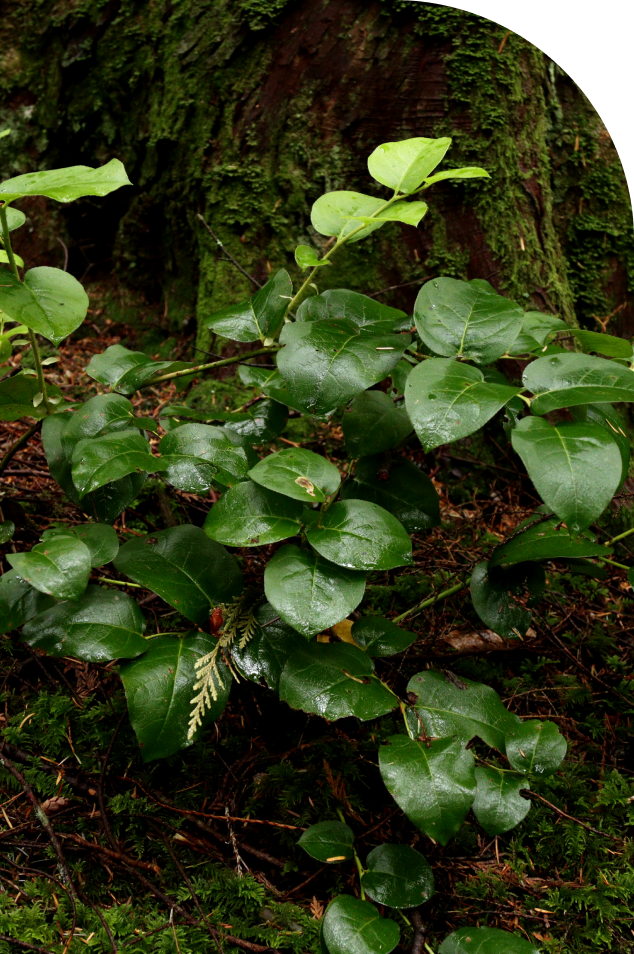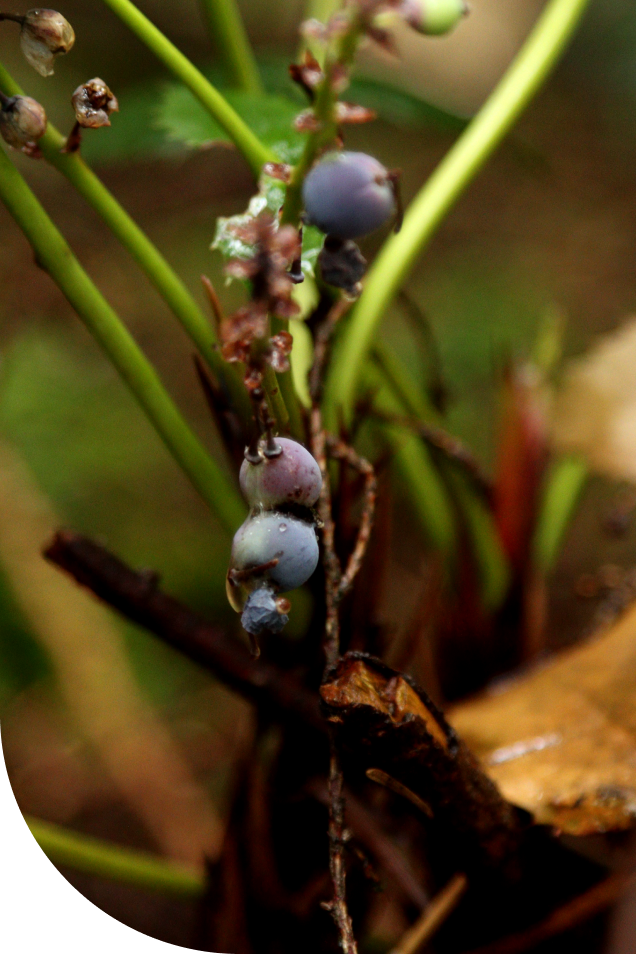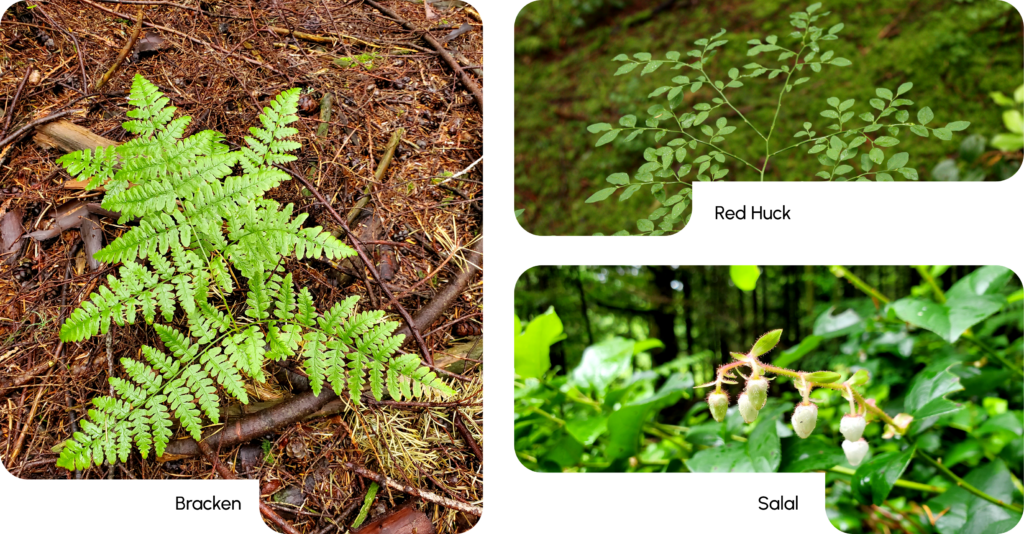Comparison of Soils and Vegetation
Within the Coastal Western Hemlock zone, there are 10 different subzones which capture the diversity of conditions across the region. Each subzone is named based on its proximity to the ocean and its relative level of precipitation. Within each subzone, there are also variations across sites. There are upper slope sites that tend to shed water and be a little bit drier, midslope sites that tend to have moderate moisture (also known as mesic) conditions and lower slope sites that tend to be wetter. We will look at the variation of these conditions across one particular subzone, the Coastal Western Hemlock dry maritime or CWHdm. The CWHdm tends to be more mild and slightly drier than many of the other CWH subzones.
Drier sites in the CWHdm

Let’s begin by looking at some of the drier sites in the Coastal Western Hemlock dry maritime subzone. On water shedding sites with coarse, rapidly draining soils, you will often find the plant association of Douglas-fir — Western hemlock — Salal. This association of plants is found in the CWHdm, but also in the CWHxm and CWHmm subzones. These plants are well adapted to handle moderately dry and nutrient poor to medium conditions, but their growth can be constrained as a result. During the growing season, there is often a water deficit along with severe nitrogen deficiency, which means plant growth is slower here than at other, wetter sites.

The mature forests of the Douglas-fir — Western hemlock — Salal association have Douglas fir, Western Hemlock and Western Red Cedar. Underneath the forest canopy is a well developed shrub layer made up out of Salal (Gaultheria shallon), Dull Oregon Grape (Mahonia nervosa), and Red Huckleberry (Vaccinium parvifolium). There are also lots of small Western Hemlock and Western Red Cedar regenerating under the shade of the overstory trees. The herb layer is poorly developed with Bracken Fern (Pteridium aquilinum) as the only common fern. There is a moderately well developed moss layer which includes Oregon Beaked Moss (Kindbergia oregana) and Step Moss (Hylocomium splendens).
In the drier sites of the CWHdm, such as the Douglas-fir — Western hemlock — Salal association, the soils develop into moderately deep Orthic Humo-Ferric Podzols , which have less organic matter influence in their soil profile. The organic layers on top of the soil are Hemimor humus forms, which have fungal activity, but little to no soil fauna. Hemimors are common on moisture deficient sites and range from 5-10 cm in thickness.


CWH – Woodlot
CWHdm (03)


